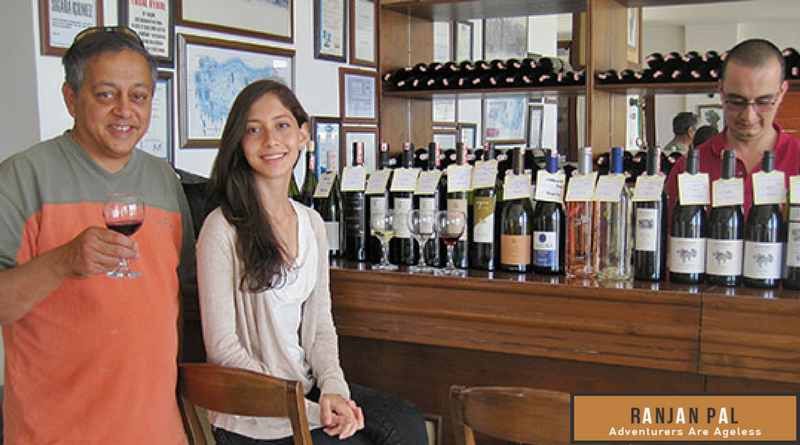

Travelling on Turkey Time
On a recent visit to Turkey, Ranjan Pal discovers an unexplored wine culture in the midst of the country’s numerous attractions.
My discovery of Turkish wines happened purely by accident. I was planning a trip to Turkey to visit my cousin in Ankara and she forwarded me a mail from a woman called Tatjana Vetter-Blanckenstein who runs a blog for expats in Turkey. The mail talked of Turkish wine routes and some rather unpronounceable names for the local varietals. On a whim, I sent off a mail to a couple of producers she had recommended like Kavaklidere and Yedi Bilgeler and it was as if a small Aladdin’s cave of wine riches opened up!I was fascinated to learn that the history of wine culture in Turkey went back as far as 7000 years. The ancient civilisations of the Hittites and the Phrygians who lived in Anatolia made it an important part of their social lives and wine was the principal libation offered up to the gods in their religious rituals. Through the long history of the Ottoman Empire (1299-1923) although wine production by Christians was not actively encouraged it was tolerated, and both Muslims and Christians imbibed wine liberally.
Turkey isn’t the first country that comes to mind when one thinks of wine. In that sense it is like India. It shares the same characteristics of a few dedicated producers, a large population of beer and whisky drinkers and an unsympathetic tax and regulatory regime. And yet, both countries are developing a wine industry, even though it may be miniscule by world standards.
Under the present Government, the conflict between Turkey’s secular traditions and the recent tendency to move towards a more conservative Islamic state has not spared the wine industry. Taxes add 70% to the cost of each bottle sold in the local retail market. And wine producers are forced to label each bottle with a special sticker warning consumers of the dangers of alcohol consumption. Local consumption is a niggardly one litre per person per annum so the potential is obviously enormous. Turkey exports a small amount of its total production comprising primarily cheap wine destined for the low end of European tables.
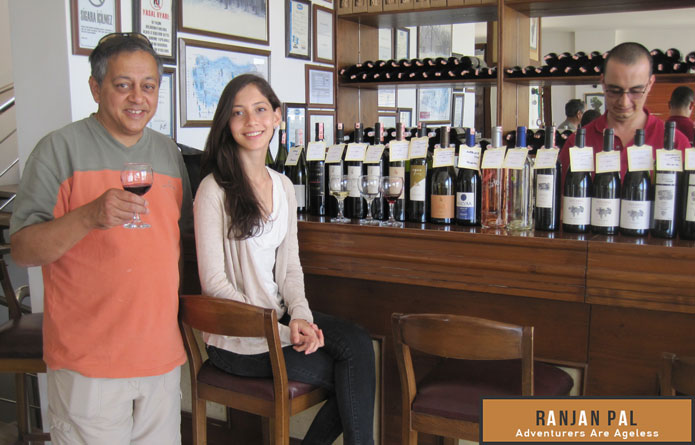

I was accompanied by my daughter Mallika and we planned our own “wine route” through Istanbul, followed by a short flight and visit to Ankara with a side excursion to Cappadocia and finally a drive along the Aegean coast from Izmir to Bodrum and back. Istanbul is unquestionably top of the list for any traveller to Turkey, and not least because it is an international gateway for travellers from India. Besides being the only capital to straddle two continents Europe and Asia, Istanbul is one of the most fascinating cities in the world with its incredible history as the capital of three great empires, first as Byzantium, then as Constantinople and finally, in its present avatar, as Istanbul.We spent three days in the historic district of Sultanahmet and took time to visit each of the big three – the Blue Mosque, the Hagia Sophia and the Topkapi Palace all within a stone’s throw of each other – with the help of the convenient Museum card. By good fortune, Sultan Mehmed II who conquered Constantinople and renamed it Istanbul did not order the Hagia Sophia, the jewel in the crown of the Byzantine Empire to be razed to the ground. Instead, he had it converted from a church to a mosque by adding four minarets thus preserving most of its exquisite interior frescoes.
Across the way, he had the grand Blue Mosque built with six minarets as the pre-eminent mosque of the Ottoman Empire. Today, the competition between the two mosques continues when the muezzin call the faithful to prayer. Five times a day the air is rent with competing calls to the faithful of the two mosques joined by others around the city making quite a compelling jugalbandi.
On our last morning, we took the cruise which takes you to the length of the Bosphorus Straits from the mouth of the Golden Horn all the way up to the Black Sea and back. Among the more memorable sights were the Dolmabahçe Palace, which marked the Ottoman attempt to keep up with the likes of Versailles and the forbidding Ottoman fortress of Rumeli Hisari, aptly nicknamed “Throat Cutter” for its strategic location in squeezing off any European fleet that dared to venture to the defence of Constantinople. As the sky grew darker and more thunderous, I wondered about the last thoughts of Emperor Constantine, beleaguered in his crumbling capital in May 1453 with the Ottoman barbarians pounding at the Theodosian Walls.
That night we went to a nice little terrace restaurant called Köşk which overlooked the Little Hagia Sophia, a miniature of its much larger cousin. Far in the distance, we could see the lights of ships on the Marmara Sea and the mournful wail of the adzan was beginning to fill the night air. We indulged in delicious local adana and iskender kebabs and opened a bottle of Kocabağ red, the grape being Öküzgözü, a local varietal. The deep cherry colour, intense fruity flavour and spicy aroma of the wine with its long-lasting finish was a perfect match for our food and a fitting end to the Istanbul chapter of our Turkish adventure.
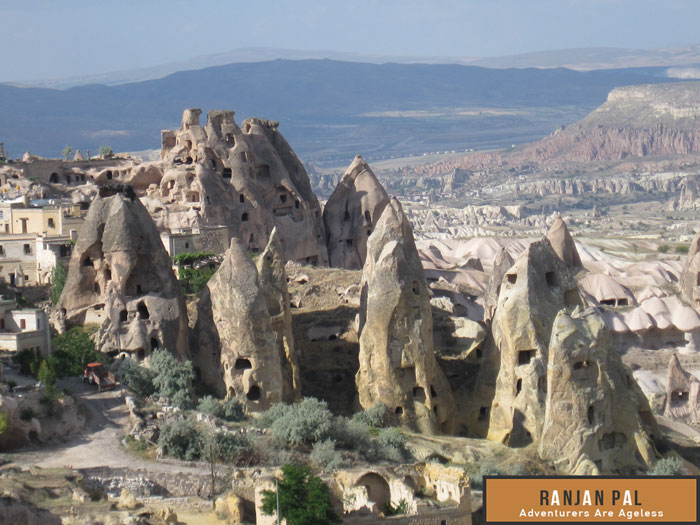

Our next major stop was Cappadocia, a mysterious land of fairy chimneys, rock-cut churches and underground cities. It is also one of the first wine-producing areas in Turkey going back as far as 2000 BC during the Hittite era. We took the opportunity to visit Cotes d’Avanos, the pride of Kavaklidere wineries, Turkey’s biggest producer where rows of grapes with tongue-twister names like Kalecik Karasi, Öküzgözü and Boğazkere stretched away into the distance. Our host was Mehmet Erdogan, scion of the family that founded the boutique Kocabağ wineries. He gave us an interesting tour of their small production facility and cellar, which were all housed in one giant cave.Early next morning, we took a hot-air balloon tour over Cappadocia where man and nature have come together to create a fantastical landscape. Soft volcanic rocks from several eruptions in the region have been eroded by wind and water to form cones, pillars and chimneys. These were later hollowed out by the early Christians escaping persecution into houses, churches and monasteries where they hid for centuries. The next day, as I watched from the terrace of our cave hotel, the silent army of balloons lifting into the sky and silhouetted against the sunrise set my mind visualising hapless Byzantine Christian believers fleeing once again before a marauding army of Turkish invaders.
The last part of our trip had us flying down to Izmir on Turkey’s beautiful Aegean coast and driving to the party capital of Bodrum and back. On the way, we planned to stop at Selçuk and explore the ancient ruins of Ephesus, the most well-preserved Roman city in the Mediterranean region. Imagine my delight then when I discovered Yedi Bilgeler, a newly-opened hotel and boutique winery where we could actually stay next to Ephesus! The combination of art, culture and wine was too compelling and I made the booking without a second thought.
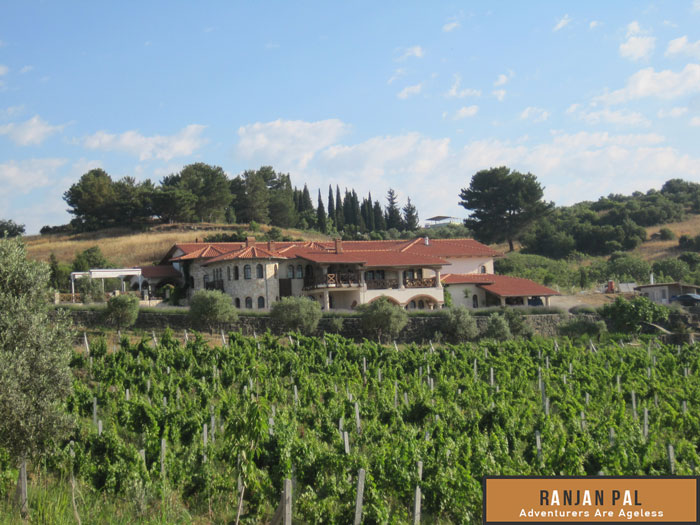

Yedi Bilgeler translates as the “Seven Sages” and the tagline of the winery “tranquility and pleasure like a sage” seemed eminently sensible. In fact, each of the Yedi Bilgeler wines is named after one of these seven wise men of Greece who gained fame as philosophers, statesmen and law-givers during the 6th and 7th centuries BC.We were met by the winery’s affable managing director, Ayberk Akdeniz who gave us a short tour of their extremely modern winery and cellar (capacity 100,000 bottles) with French oak barrels before ushering us to our rooms overlooking the newly-opened swimming pool.
Ayberk claimed with justifiable pride that Yedi Bilgeler was the only winery hotel in Turkey and it lived up to every aspect of its billing. We tried the duck ravioli and the Caesar salad with smoked salmon in the restaurant and had the best Turkish breakfasts on the sunlit patio. These typically consist of bread served with different types of cheese, olives, jam, honey and butter, sliced tomatoes and cucumber, and sucuklu yumurta – a delicious combination of pan-fried eggs and dried sausage, and finished off with a cup of the ubiquitous Turkish coffee.
After a long hot afternoon traipsing the length of Ephesus and admiring the stunning view from the top of the 25,000-seater Great Theatre, believed to be the largest in the ancient world at the time, we returned to our air-conditioned rooms at the winery. One of the abiding memories of this trip will be relishing a bottle of Yedi Bilgeler’s top-rated Bias wine (a blend of Cabernet Sauvignon and Merlot with a dash of Shiraz) while swimming in the deserted pool at dusk with a full yellow moon slowly rising to fill the sky. That bottle should have been renamed “Bliss” to suit the ineffable pleasure I experienced in the moment!
Our tour of Turkey ended in Bodrum a picturesque resort town located at the southern end of the Aegean coast. It draws in Turks from all over the country looking for a little fun in the sun and the marina, where all the action is centred. The town is dominated by the Castle of St Peter, which was built by the Knights Hospitaller in the 15th century and it houses a fascinating Museum of Underwater Archaeology with hundreds of artifacts retrieved from shipwrecks spanning 16th century BC to 16th century AD.
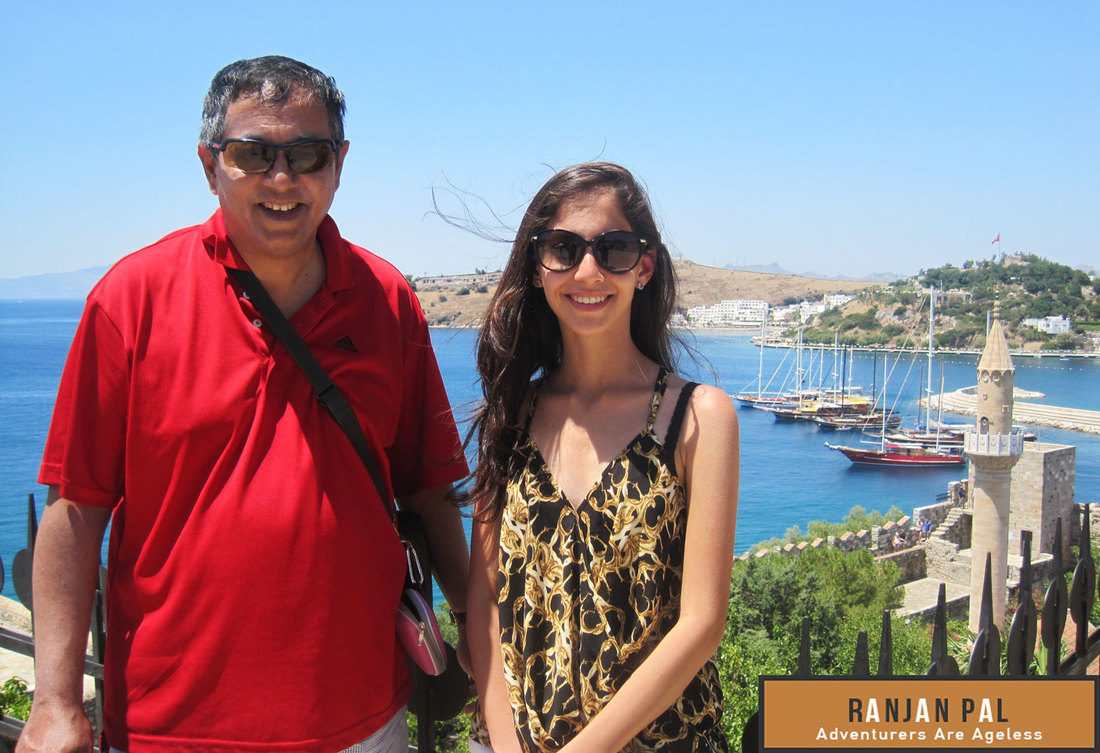

On our last night we drove out to the seaside village of Gümüşlük renowned for its spectacular sunsets and waterfront fish restaurants. We chose Mimoza which had been recommended by a friend. It was certainly a memorable experience. We loved the open-air setting with fairy lights and the sea bass, which we picked right off the display shelf, was grilled to perfection. The ideal accompaniment was a bottle of Kavaklidere’s Selection Emir-Narince. It was a crisp and light white wine with delicate flavours and high acidity. Both the component grapes – Emir and Narince are grown exclusively in Cappadocia.
I was simultaneously amused and a little chagrined to find that the Turkish habit of bargaining extended even to their fish restaurants. Our charming host Mustafa had recommended the sea bass at 80 lira per kilo. But upon seeing me hesitate, he promptly reduced it to 70 liras and threw in a green salad. Later on as we strolled back to the car, I inquired at Aquarium, a well-known competitor and found their starting price to be 60 lira per kilo! The moral of the story – be prepared to draw upon your desi bargaining skills and your most disarming smile and you will be sure to enjoy Turkey to its fullest.
![]()
![]()

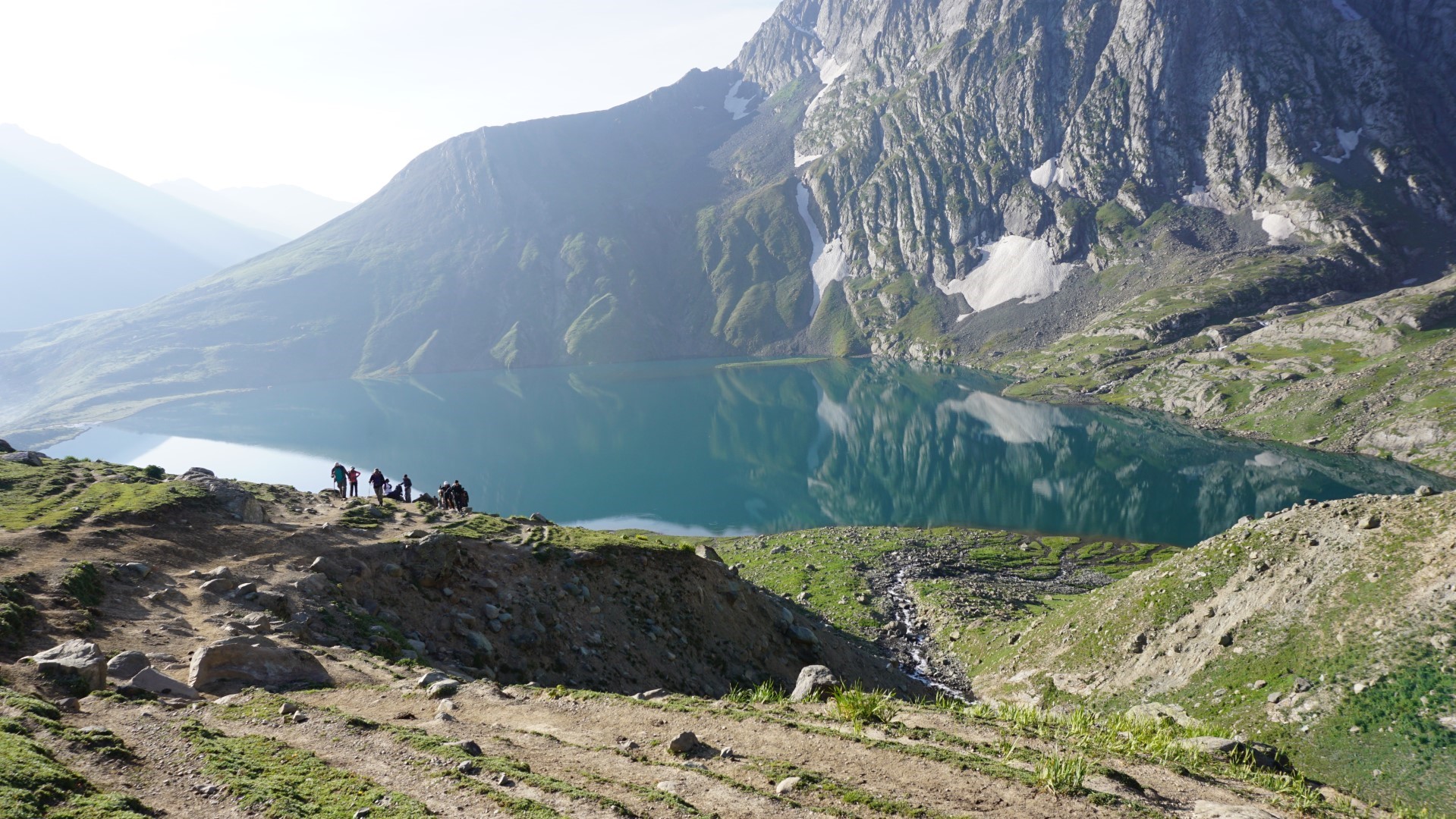
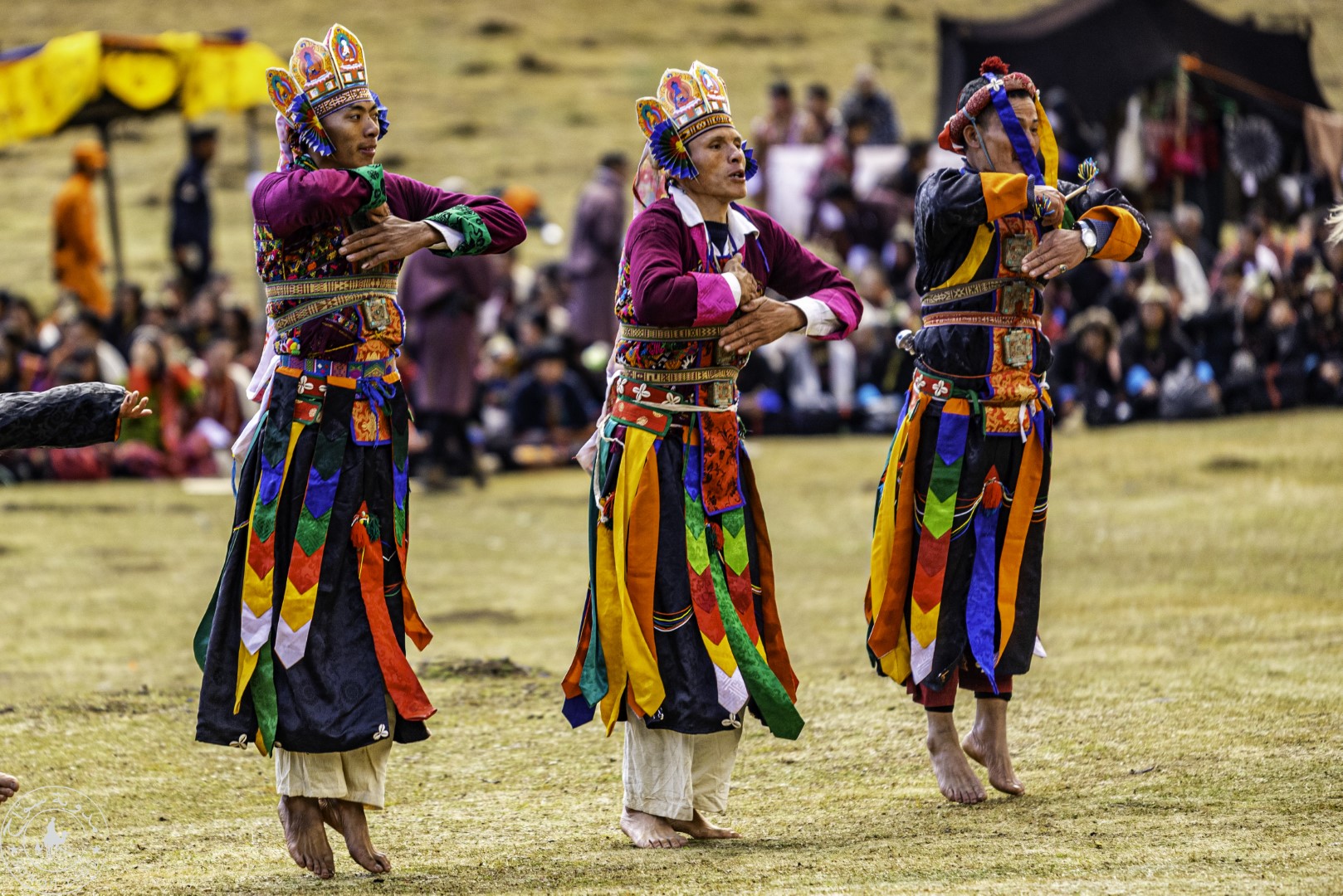
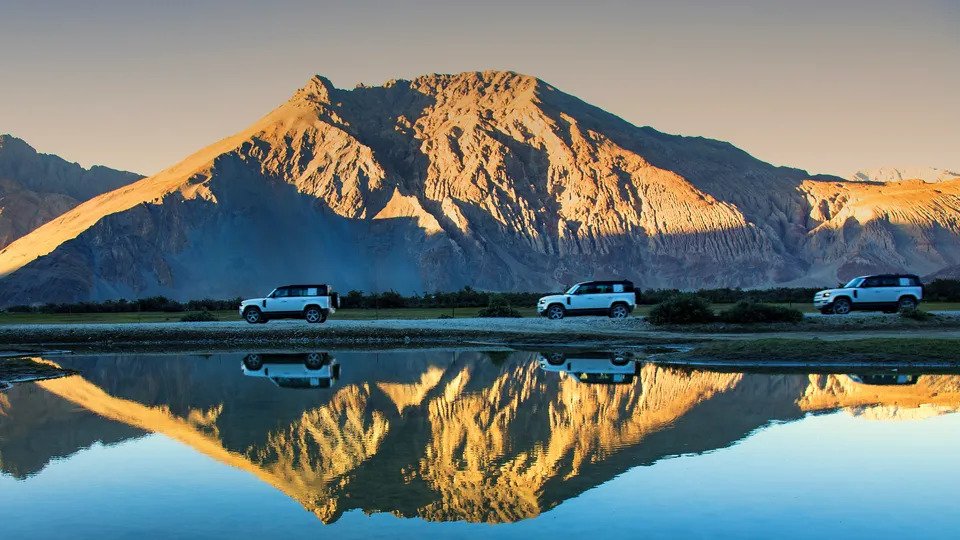
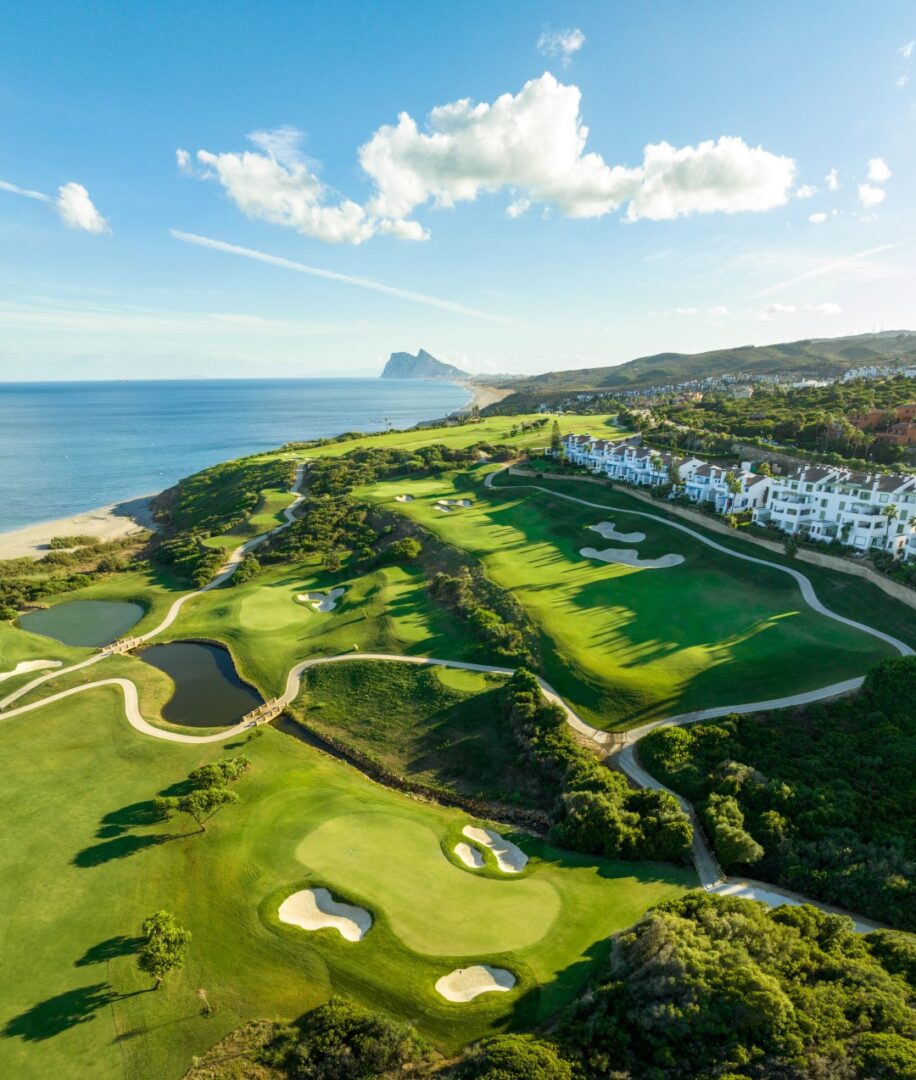

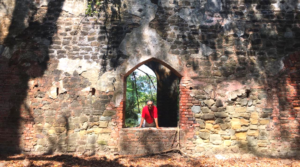
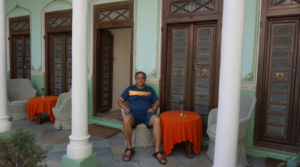
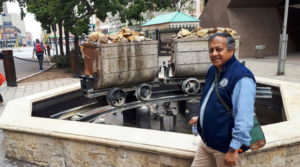
Appreciate it for this howling post. I am glad I observed this internet site on yahoo.
Thank You. 🙂
Hi. Just wanted to share with you the best of Europes festivals over the past year. We have visited most of these in the past year and I can assure you that they are great fun. Find time to enjoy life and attend one of these this year. Looking forward to some more interesting posts on the Marina de Bolnuevo blog. Have a great day.
Sure. I will take a look and if possible, will try to visit the place soon.